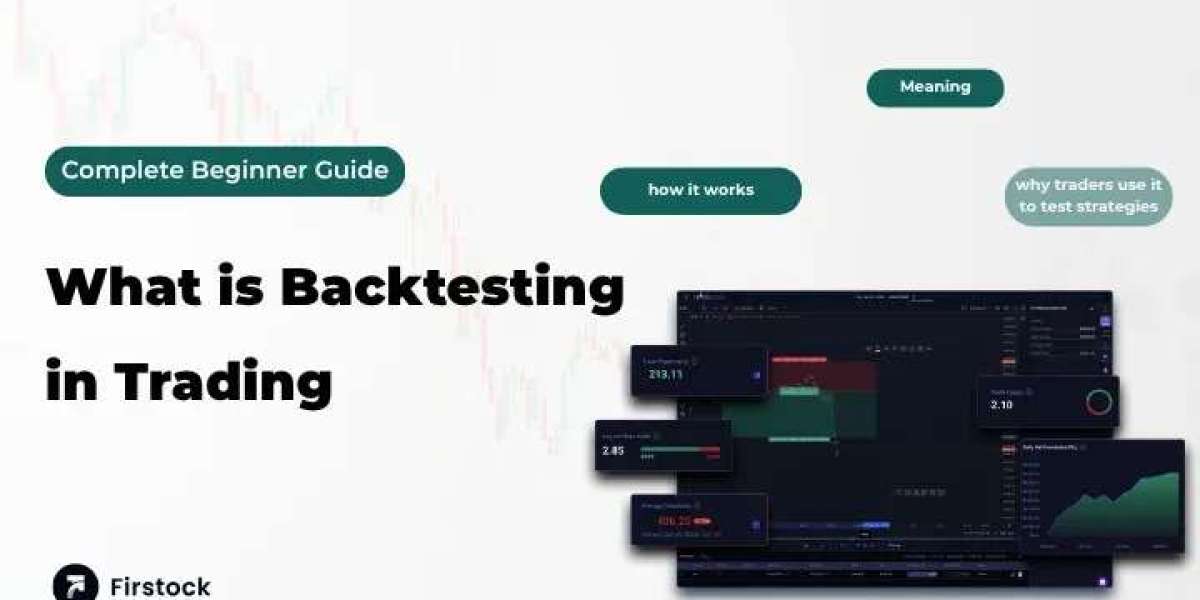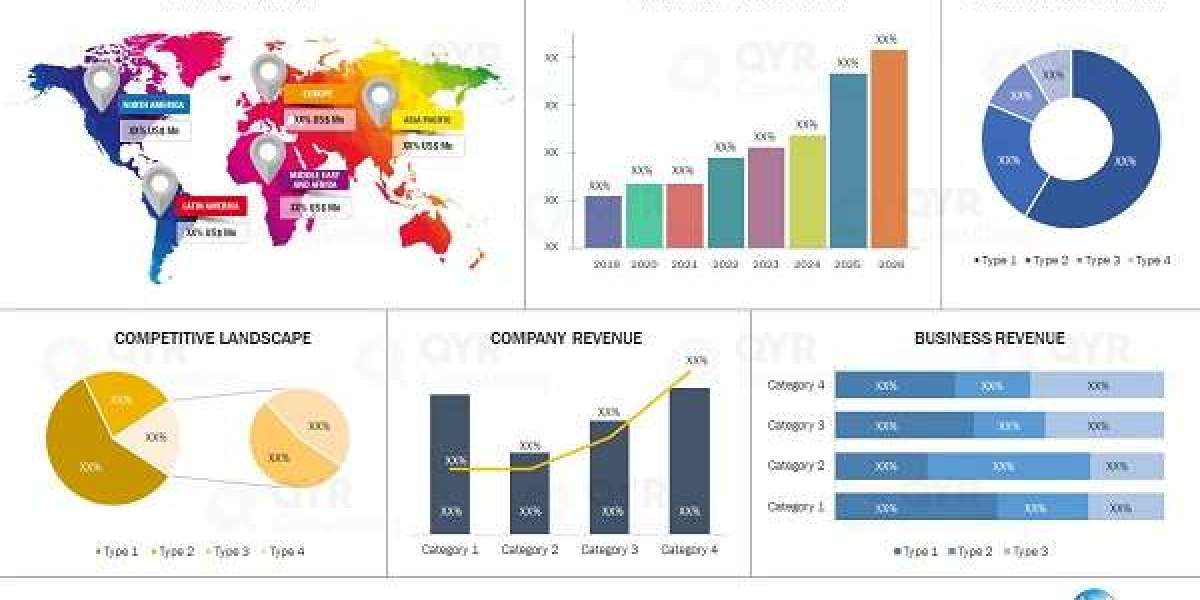What is Back Testing in Trading: A Complete Beginner’s Guide
Introduction
Have you ever wished you could travel back in time to test your trading ideas before risking your hard-earned money? Well, in the world of trading, you actually can — thanks to back testing.
Back testing in trading is like a time machine for traders. It lets you see how your trading strategy would have performed in the past so you can predict its potential future performance. In this article, we’ll explore what is back testing intrading, why it matters, how to do it properly, and which trading apps in India make the process easier.
Whether you’re a curious beginner or a seasoned trader, understanding back testing strategies can be your first step towards smarter trading decisions.
Learn what is back testing intrading, key back testing strategies, how back testing intrading works, and top trading app in India for effective back testing.
What is Back Testing in Trading?
In simple terms, back testing in trading means testing a trading strategy using historical data to check how it would have performed in the past.
Think of it like practicing before a big game. Just like a cricketer studies old matches to improve their play, a trader studies past price movements to understand if a trading plan would have made profits or losses.
So when we say back testing intrading, we mean simulating trades using previous market conditions to validate the effectiveness of a trading system or idea.
Why is Back Testing Important for Traders?
Back testing is crucial because it provides confidence and clarity.
Here’s why traders love it:
- Risk Reduction: You can test ideas without losing real money.
- Performance Check: Helps understand whether a strategy has potential or needs improvement.
- Data-Driven Decisions: You rely on numbers, not emotions.
- Refinement: You can tweak your trading rules for better outcomes.
Essentially, it’s like having a mock exam before the real test — helping you fix your mistakes early.
How Does Back Testing Work?
The process of back testing involves:
- Choosing a trading strategy (for example, buying when RSI < 30 and selling when RSI > 70).
- Applying this strategy to historical price data (like the last five years of Nifty 50).
- Simulating trades as if they were done in real-time.
- Calculating the results — profits, losses, win rates, etc.
If the back test shows consistent profits, the strategy may be good enough to use in real markets.
The Difference Between Back Testing and Paper Trading
While back testing uses past data, paper trading uses live data without real money.
Here’s a quick comparison:
Feature | Back Testing | Paper Trading |
Data Used | Historical | Real-time |
Risk | No real money involved | No real money involved |
Purpose | Test ideas using old data | Practice in live markets |
Speed | Very fast (you can test years in minutes) | Slower (depends on market hours) |
Both are essential — you back test first, then paper trade to confirm.
Components of an Effective Back Testing Strategy
A good back testing setup includes:
- Historical Data: The more accurate and detailed, the better.
- Entry and Exit Rules: When to buy and when to sell.
- Risk Management: Stop-loss and take-profit levels.
- Position Sizing: How much to invest per trade.
- Performance Metrics: Profit factor, win rate, drawdown, etc.
Each of these elements ensures that your back testing is realistic and reliable.
Common Back Testing Strategies
Here are some popular back testing strategies traders use:
a) Moving Average Crossover Strategy
Buy when the short-term moving average crosses above the long-term one; sell when it crosses below.
b) RSI (Relative Strength Index) Strategy
Buy when RSI drops below 30 (oversold) and sell when RSI rises above 70 (overbought).
c) Breakout Strategy
Enter a trade when the price breaks a key resistance or support level.
d) Mean Reversion Strategy
Assumes prices revert to their average over time — buy low, sell high.
e) Trend Following Strategy
Ride the wave — buy when the market trends up, and sell when it trends down.
These back testing strategies are widely used because they’re simple yet effective.
Tools and Trading Apps in India for Back Testing
Thanks to technology, you don’t need to be a coder to back test anymore. Many trading apps in India make it easy.
Here are some top options:
- Zerodha Streak: Simplifies back testing with a drag-and-drop interface.
- Upstox Pro: Offers strategy testing and paper trading.
- Fyers One: Allows back testing with built-in technical indicators.
- TradingView: Popular for advanced charting and back testing globally.
- Alice Blue ANT Desk: Suitable for strategy building and testing.
Most of these platforms let you test strategies across stocks, indices, and even commodities.
How to Perform Back Testing Step-by-Step
Let’s break it down:
- Define Your Strategy: Write clear entry, exit, and risk rules.
- Select Historical Data: Choose your timeframe (e.g., 1-year or 5-year data).
- Run the Test: Use your chosen trading app in India to execute it.
- Review Results: Analyze profits, losses, and performance ratios.
- Adjust and Retest: Modify parameters and test again for consistency.
Repeat until you find a combination that performs well across different time periods.
Interpreting Back Testing Results
Once your back test is complete, focus on key metrics like:
- Net Profit: Total profit after all trades.
- Win Rate: Percentage of winning trades.
- Maximum Drawdown: Largest loss from a peak.
- Profit Factor: Total profit ÷ total loss.
- Sharpe Ratio: Measures risk-adjusted returns.
A good strategy should have high profits, low drawdown, and a solid win rate.
Common Mistakes Traders Make in Back Testing
Even experienced traders can fall into these traps:
- Overfitting: Making a strategy too perfect for past data but useless for the future.
- Ignoring Costs: Forgetting brokerage fees and taxes.
- Using Biased Data: Selecting only “good” data periods.
- Small Sample Size: Testing only a few trades — not enough to prove reliability.
Remember, a back test is only as good as the data and assumptions behind it.
Advantages and Limitations of Back Testing
Advantages
- Saves money by avoiding live mistakes.
- Helps fine-tune strategies before implementation.
- Builds confidence through data-driven insights.
Limitations
- Past performance doesn’t guarantee future success.
- Market conditions keep changing.
- Historical data may not reflect current volatility.
In short, back testing is a guide, not a guarantee.
Real-Life Example of Back Testing a Strategy
Let’s say you back test a moving average crossover strategy on Nifty 50 data from 2018–2024:
- Buy when 20-day MA crosses above 50-day MA.
- Sell when 20-day MA crosses below 50-day MA.
Results:
- Win Rate: 62%
- Total Return: 38% over 6 years
- Max Drawdown: 12%
These results suggest the strategy may work well — but you’d still test it on more datasets before using it live.
How to Improve Your Back Testing Process
To get better results:
- Use Clean, Quality Data. Avoid missing or corrupted data.
- Test Across Markets. See if your strategy works on multiple stocks.
- Include Transaction Costs. Be realistic.
- Blend Quantitative and Qualitative Analysis. Combine numbers with logic.
- Automate When Possible. Use software tools for faster testing.
Back testing is not a one-time task — it’s an ongoing learning process.
Conclusion
Back testing is like rehearsing before a performance — it helps traders prepare for the real market. By understanding what is back testing intrading, learning about back testing strategies, and using reliable trading apps in India, you can develop stronger, more reliable trading systems.
But remember, while back testing shows potential, markets are unpredictable. Use it as a guide, not a crystal ball. The more thoughtfully you back test, the smarter your trading decisions will be.
FAQs
- What is back testing intrading?
Back testing intrading means testing a trading strategy using past market data to evaluate how it might perform in real trading conditions. - How is back testing different from live trading?
Back testing uses historical data, while live trading happens in real time. Back testing has no risk, but live trading involves actual money. - Which trading app in India is best for back testing?
Popular options include Zerodha Streak, TradingView, and Fyers One. These apps offer easy back testing tools with detailed analysis. - What are the best back testing strategies?
Moving average crossovers, RSI, and breakout strategies are among the most commonly used and effective back testing strategies. - Is back testing 100% reliable?
No, back testing is not foolproof. It gives an idea of how a strategy might work, but real market conditions can be unpredictable.



